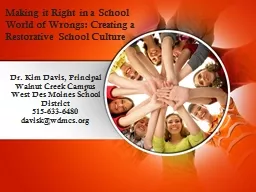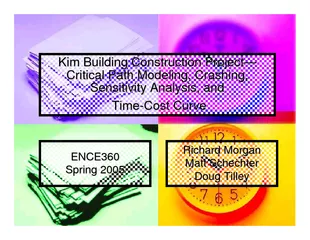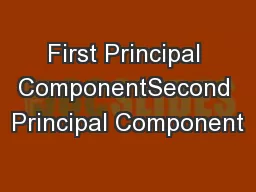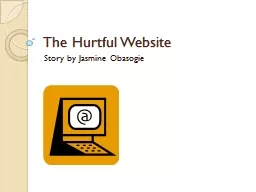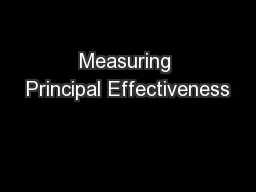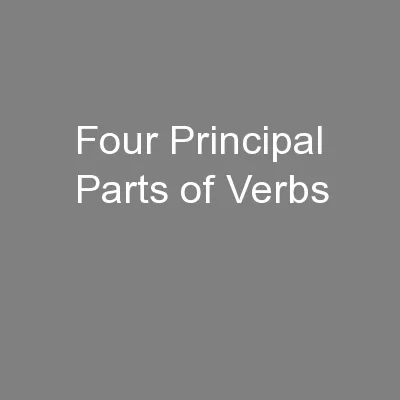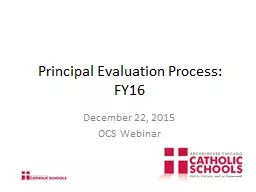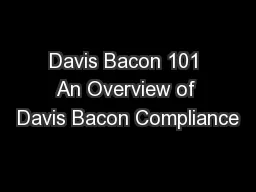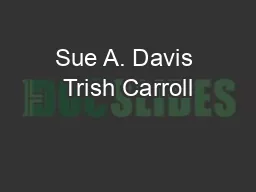PPT-Dr. Kim Davis, Principal
Author : lois-ondreau | Published Date : 2018-03-13
Walnut Creek Campus West Des Moines School District 5156336480 daviskwdmcsorg Making it Right in a School World of Wrongs Creating a Restorative School Culture Background
Presentation Embed Code
Download Presentation
Download Presentation The PPT/PDF document "Dr. Kim Davis, Principal" is the property of its rightful owner. Permission is granted to download and print the materials on this website for personal, non-commercial use only, and to display it on your personal computer provided you do not modify the materials and that you retain all copyright notices contained in the materials. By downloading content from our website, you accept the terms of this agreement.
Dr. Kim Davis, Principal: Transcript
Download Rules Of Document
"Dr. Kim Davis, Principal"The content belongs to its owner. You may download and print it for personal use, without modification, and keep all copyright notices. By downloading, you agree to these terms.
Related Documents

